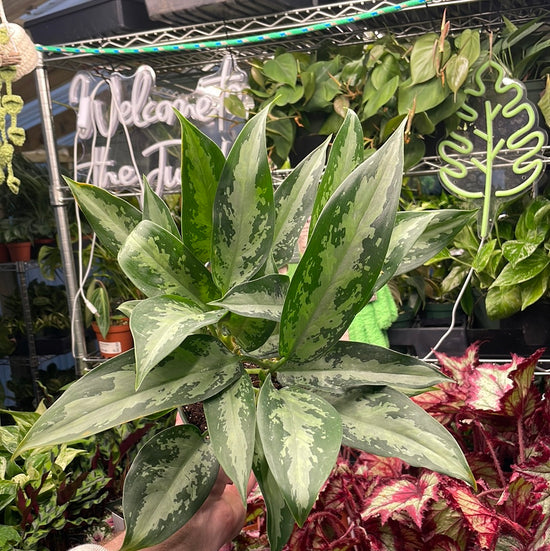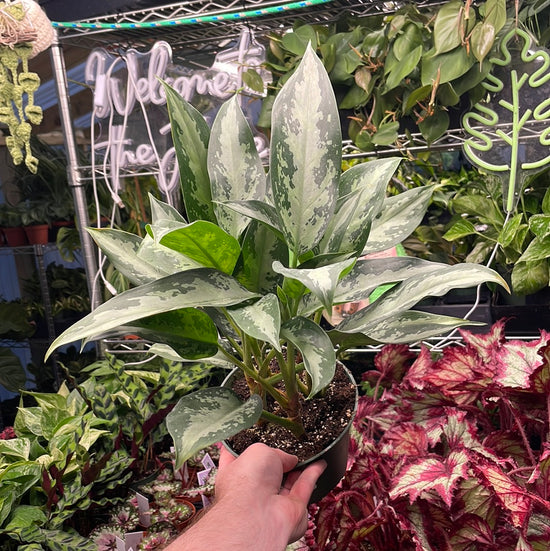Air Plants Care Guide
Air plants, also known as Tillandsia, are unique and fascinating plants that don't require soil to grow. They belong to the Bromeliaceae family and can be found in a variety of shapes and sizes. Proper air plant care is essential to keep them healthy and thriving. Here's a comprehensive care guide to help you take care of your air plants:
Light
Air plants prefer bright, indirect light. Place them near a window with filtered sunlight or under artificial lighting, such as fluorescent or LED lights. Avoid exposing them to direct sunlight for extended periods, as it can lead to sunburn and damage.
Water
Unlike traditional plants, air plants absorb water and nutrients through their trichomes (small scales on their leaves). The key to watering air plants is to mist or soak them regularly, depending on the humidity in your environment. Here are two primary methods of watering:
a. Misting: Mist your air plants 2-3 times a week with room temperature water. Make sure to mist them thoroughly, ensuring that water reaches the base of the leaves and not just the tips. Use a spray bottle to provide a fine mist.
b. Soaking: Submerge your air plants in room temperature water for 20-30 minutes every 1-2 weeks. After soaking, gently shake off excess water and allow them to dry upside down in a well-ventilated area for a few hours to prevent rot.
Remember, under-watering is safer than over-watering. If the environment is particularly humid, you may need to water them less frequently.
Air Circulation
Good air circulation is vital for air plants. Avoid placing them in closed containers or terrariums without proper ventilation, as this can lead to excess moisture and rot.
Temperature
Air plants generally prefer moderate temperatures, ideally between 50°F (10°C) and 90°F (32°C). Avoid exposing them to extreme temperatures or drafts.
Fertilizing
Air plants do not require frequent fertilization, but providing them with some nutrients can encourage healthier growth. Use a low-nitrogen liquid fertilizer formulated specifically for epiphytic plants or bromeliads. Dilute the fertilizer to half or one-quarter strength and apply it during the watering routine, usually once a month during the growing season (spring and summer). Avoid fertilizing during their dormant period (fall and winter).
Drying
After watering, ensure your air plants dry completely within 4 hours. Standing water at the base of the leaves can cause rot and other issues.
Blooming and Pup Production
Air plants will produce pups (small baby plants) as they mature. Once a pup reaches approximately one-third the size of the parent plant, it can be separated and grown independently. Pups will eventually mature and bloom on their own.
Bloom Care
Air plants bloom only once in their lifetime. The blooms are usually vibrant and colorful and can last for several weeks to months. After blooming, the parent plant will start to decline, but new pups will continue the life cycle.
Reviving an Overdried Air Plant
If your air plant looks particularly dehydrated or wilted, you can try reviving it by soaking it in water for an extended period (2-3 hours) and then following the regular care routine.
Remember that every air plant is unique, and individual care requirements may vary slightly. By following these general care guidelines and observing your air plant's specific needs, you can ensure that it thrives and brings beauty to your living space.
Shop all plants
-
Aglaonema BJ Freeman
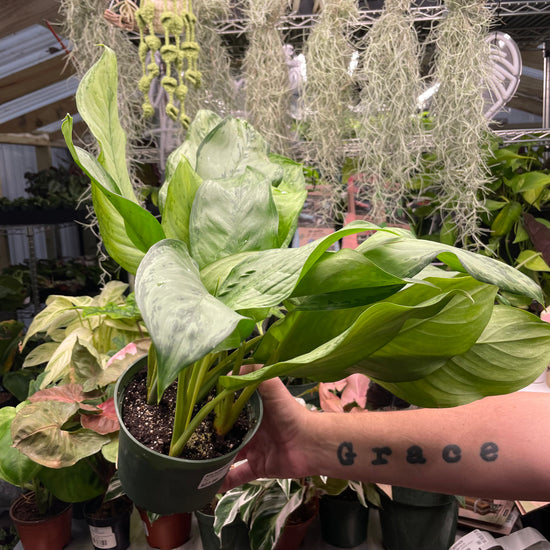
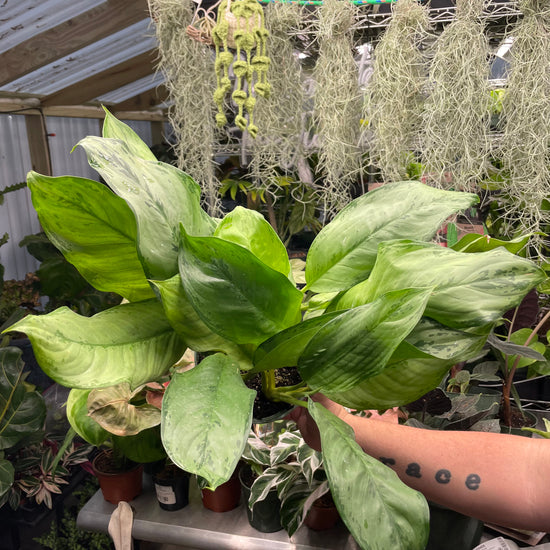 Aglaonema BJ Freeman
Aglaonema BJ Freeman- Regular price
-
$27.99 - Regular price
-
- Sale price
-
$27.99
Quick view
-
Aglaonema First Diamond
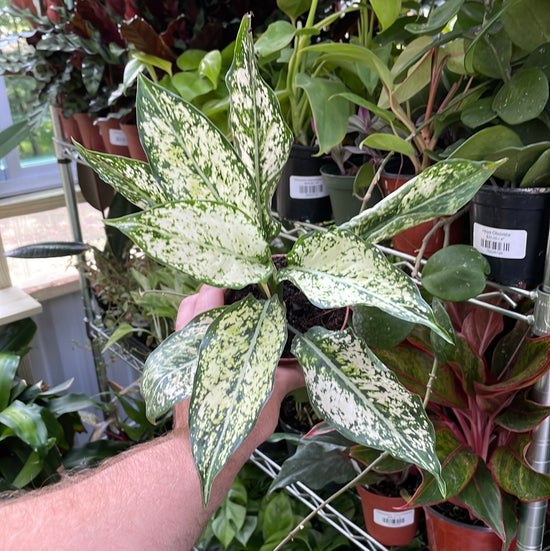
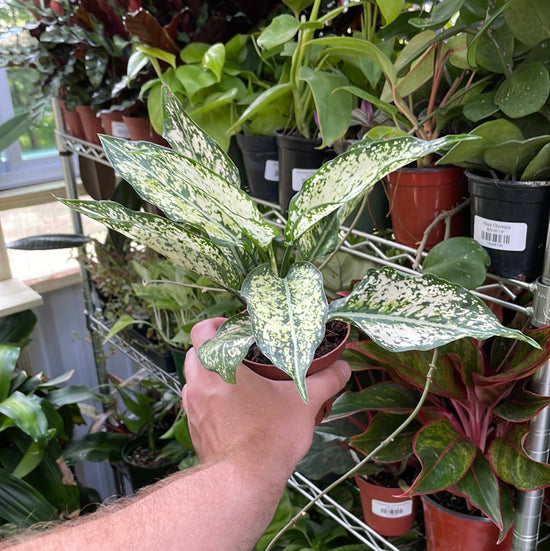 Aglaonema First Diamond
Aglaonema First Diamond- Regular price
-
$18.99 $26.99 - Regular price
-
- Sale price
-
$18.99 $26.99
Quick view
-
Aglaonema Maria
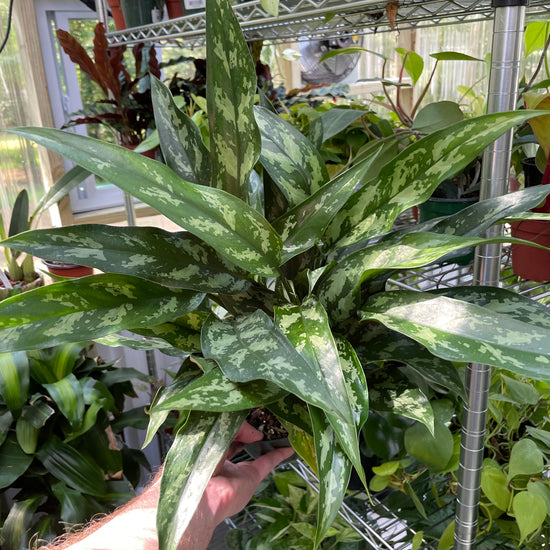
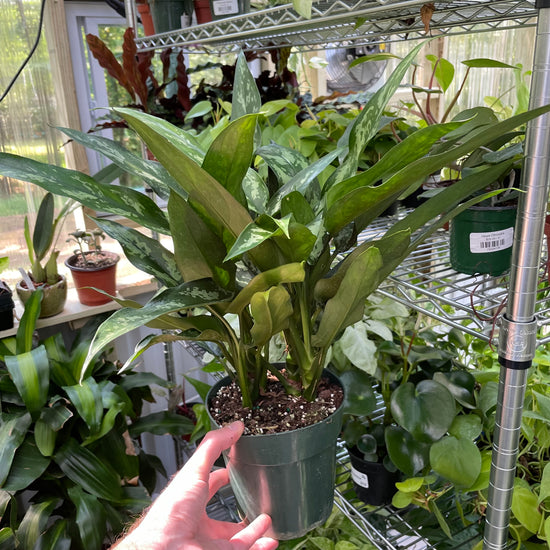 Aglaonema Maria
Aglaonema Maria- Regular price
-
$15.99 $28.00 - Regular price
-
- Sale price
-
$15.99 $28.00
Quick view






